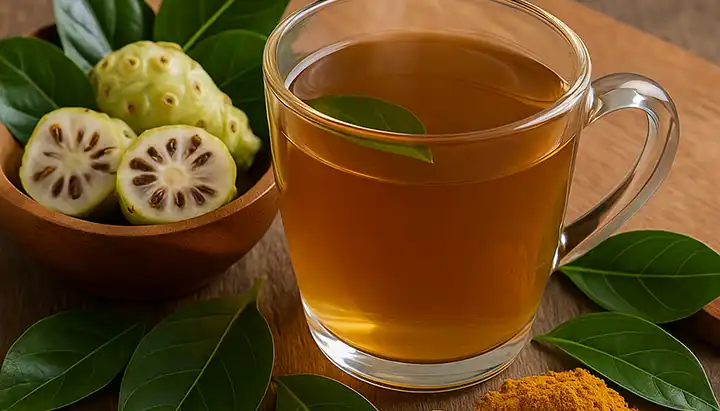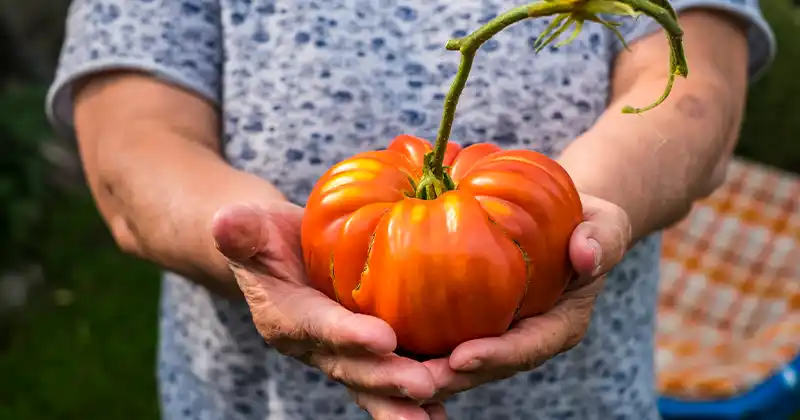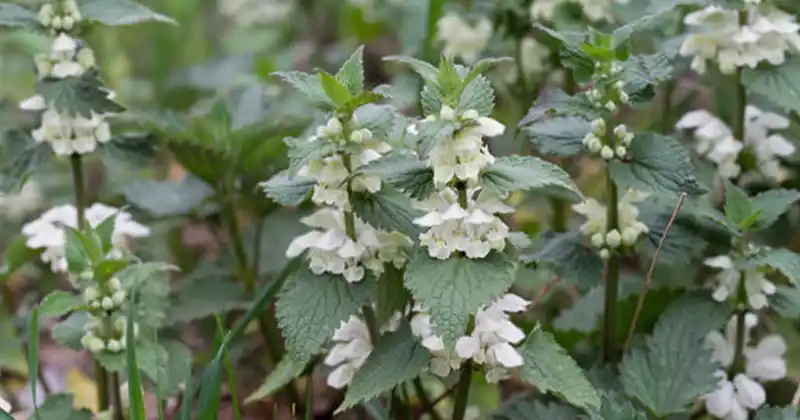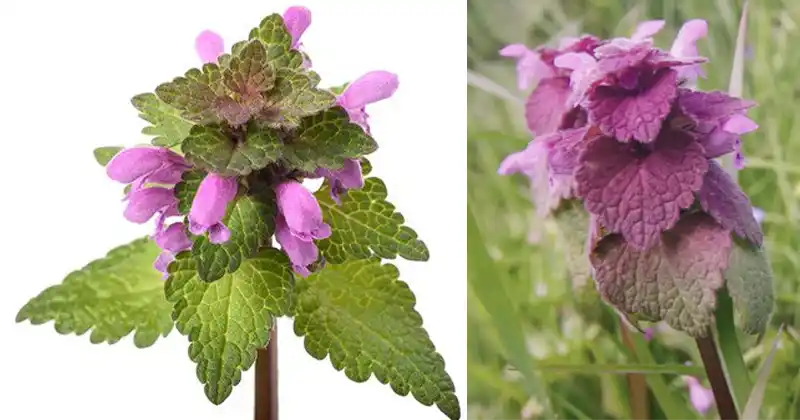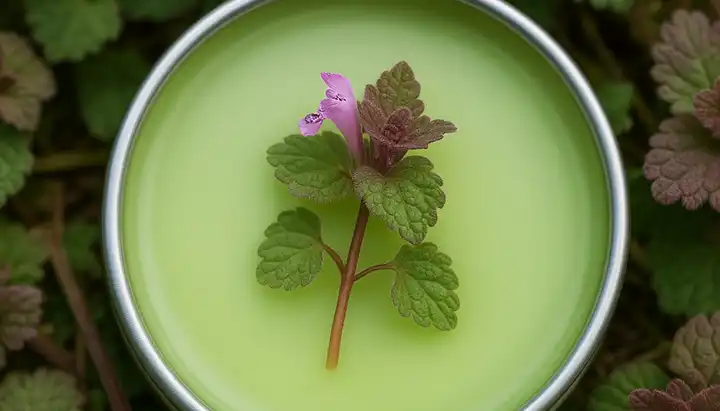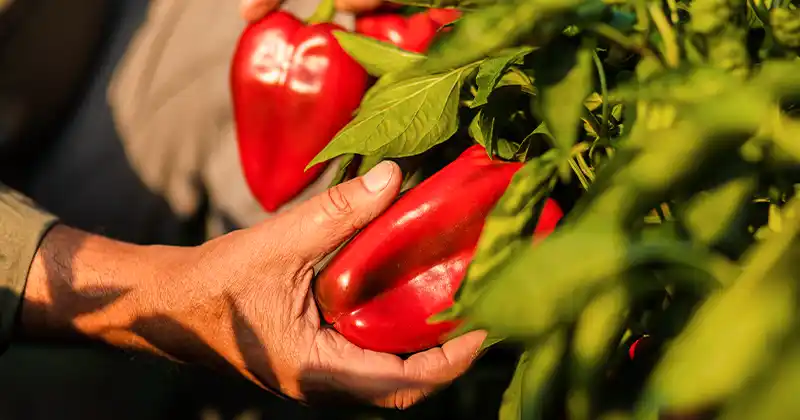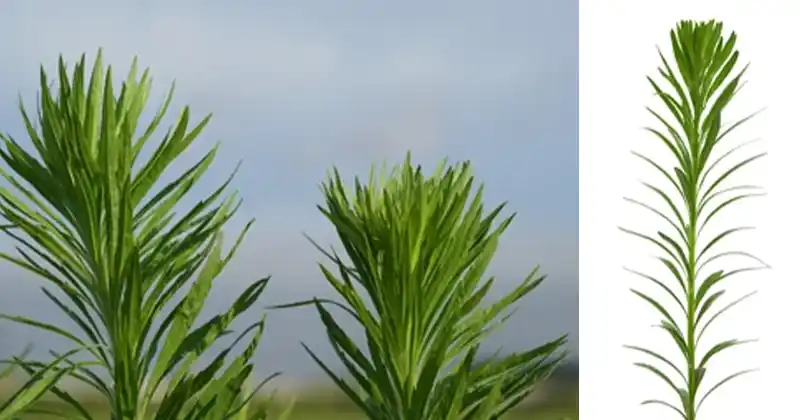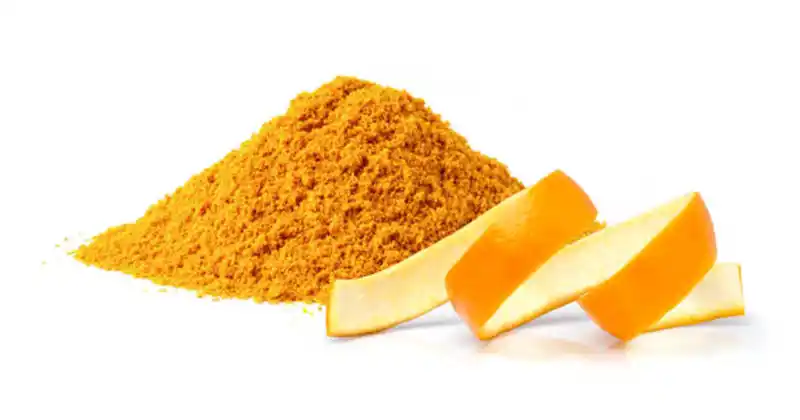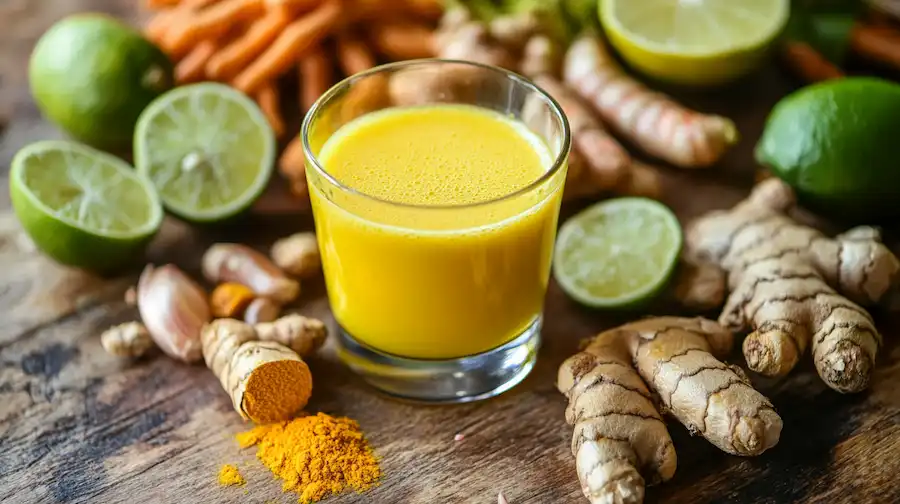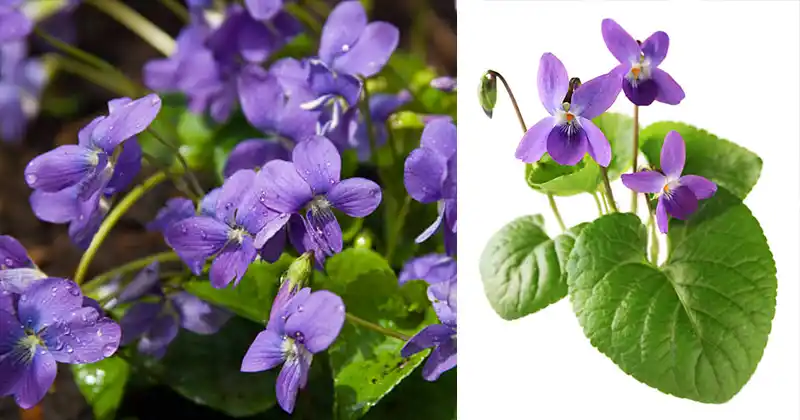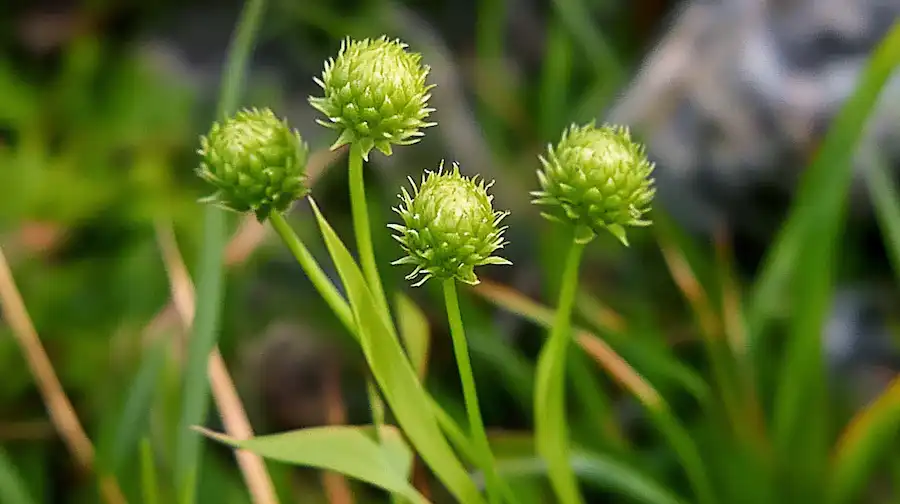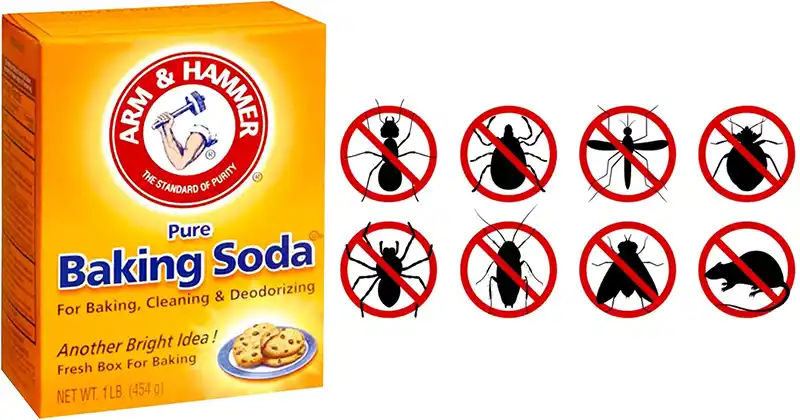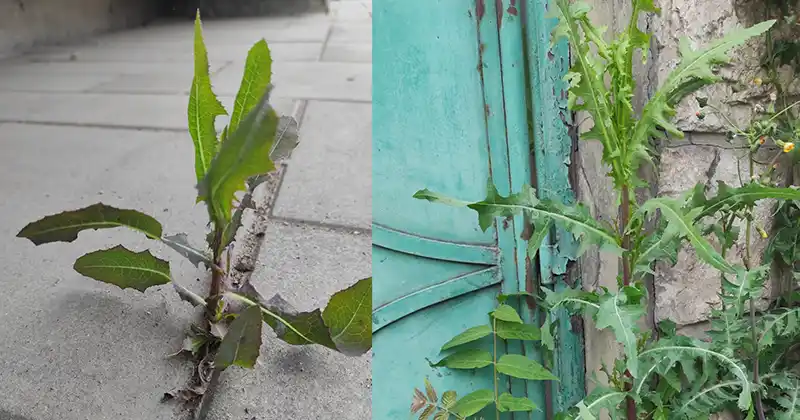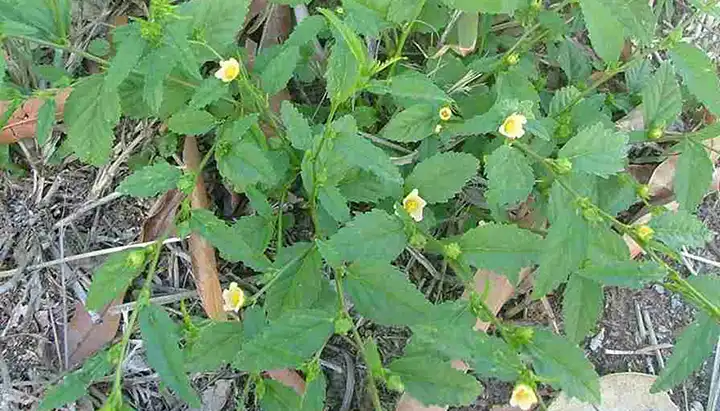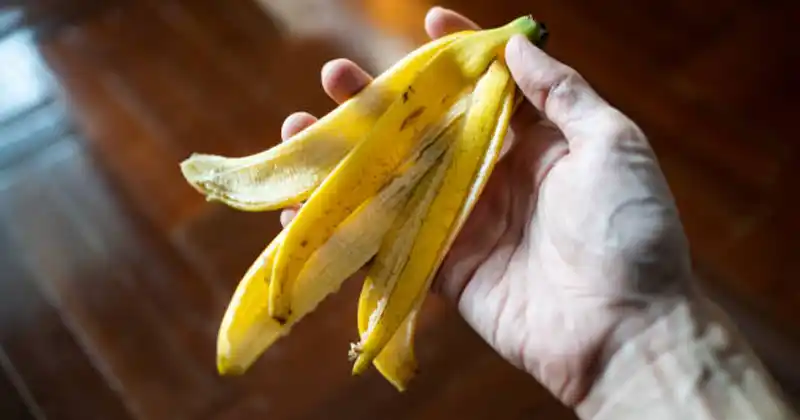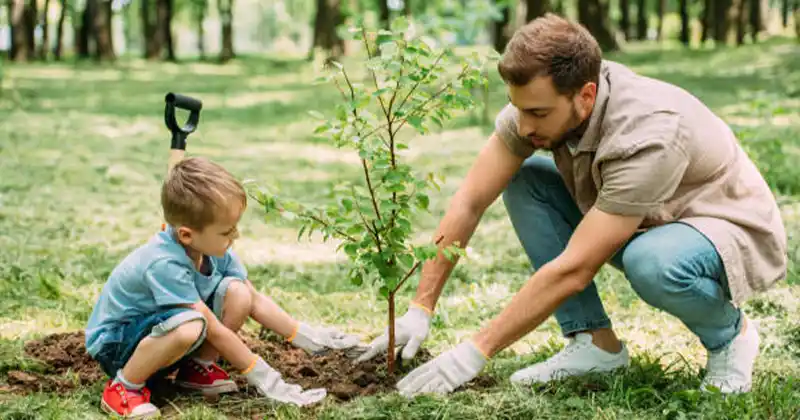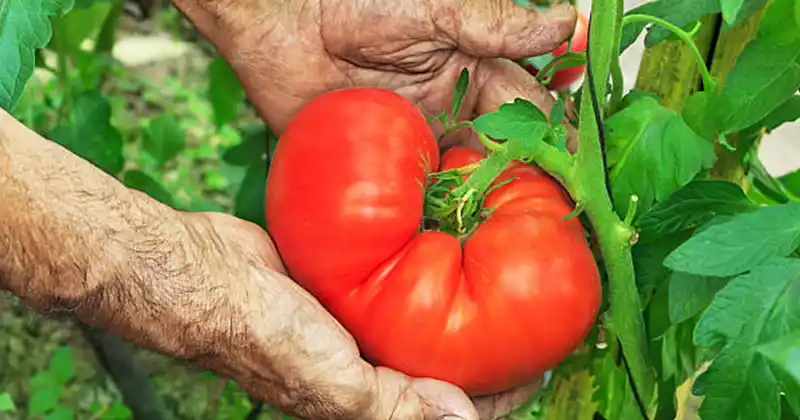10 Self-Seeding Plants for a Lush, Low-Maintenance Garden
Embrace the beauty and ease of self-seeding plants! These botanical wonders are perfect for gardeners who appreciate a vibrant, evolving landscape with minimal intervention. Self-seeding plants drop their seeds at the end of the season, which sprout and grow the following year, creating a self-sustaining display of color and texture. Among these, the green poppy seed stands out for its unique charm. Here’s a guide to ten self-seeding plants that will naturally propagate, enhancing your backyard each year.
1. Green Poppy (Papaver somniferum ‘Green Poppy’)

Description: Known for its enchanting green flowers and ease of growing, the green poppy adds a unique touch to any garden space.
Care Tips: Thrives in full sun and well-drained soil. It’s relatively drought-tolerant and prefers minimal interference once established.
2. California Poppy (Eschscholzia californica)
Description: This bright and cheerful poppy variety is excellent for adding splashes of orange and yellow to your garden.
Care Tips: It loves sunny spots and is extremely drought-resistant, making it perfect for arid or neglectful garden areas.
3. Cosmos (Cosmos bipinnatus)
Description: With its feathery foliage and starry flowers, cosmos is a staple in the cottage garden.
Care Tips: Cosmos prefers poorer soils and may thrive better without fertilizer, which can encourage foliage at the expense of blooms.
4. Forget-Me-Not (Myosotis sylvatica)
Description: These tiny blue blossoms are ideal for shady spots and add a lovely burst of color in early spring.
Care Tips: They enjoy moist, well-drained soil and partial shade to full sun.
5. Foxglove (Digitalis purpurea)

Description: Towering spikes of pink and purple make foxgloves a stunning backdrop for any garden setting.
Care Tips: Prefers cool, moist soils in partial shade. Handle with care as all parts of this plant are toxic.
6. Nigella (Love in a Mist)
Description: Nigella’s delicate blue flowers and ornamental seed pods make it a dual-purpose plant, ideal for both visual interest and floral arrangements.
Care Tips: Grows best in full sun in well-drained soil, and it often thrives in dry conditions.
7. Cleome (Spider Flower)
Description: Cleome produces tall, dramatic spires of pink, purple, or white flowers that look otherworldly.
Care Tips: Enjoys full sun and moist, fertile soil, but can tolerate poor soil conditions.
8. Sunflower (Helianthus annuus)
Description: From dwarf varieties to towering giants, sunflowers bring vibrancy and life to any garden.
Care Tips: Plant in a sunny location with well-draining soil. Be mindful of strong winds that can knock over taller varieties.
9. Sweet Alyssum (Lobularia maritima)
Description: This low-growing plant produces clusters of tiny white, pink, or purple flowers with a sweet fragrance.
Care Tips: Prefers full sun to partial shade and thrives in cooler conditions. It’s excellent for borders or as a flowering ground cover.
10. Lady’s Mantle (Alchemilla mollis)

Description: Known for its scalloped leaves and chartreuse flowers, Lady’s Mantle is perfect for filling gaps in the garden.
Care Tips: Prefers partial shade and moist, well-drained soil. It’s ideal for edging and in floral arrangements due to its water-repellent foliage.
A Self-Sustaining Garden
Incorporating self-seeding plants into your garden design ensures a continually renewing garden each year. These plants not only reduce maintenance but also encourage biodiversity, attracting pollinators and beneficial insects. Choose any of these ten self-seeding plants to enhance the beauty and sustainability of your outdoor space. For more gardening tips, read about 11 common invasive plants you should never plant in your yard, learn how to master cucumber cultivation from seedling to harvest, or explore revolutionizing livestock feeding with hydroponic fodder.
